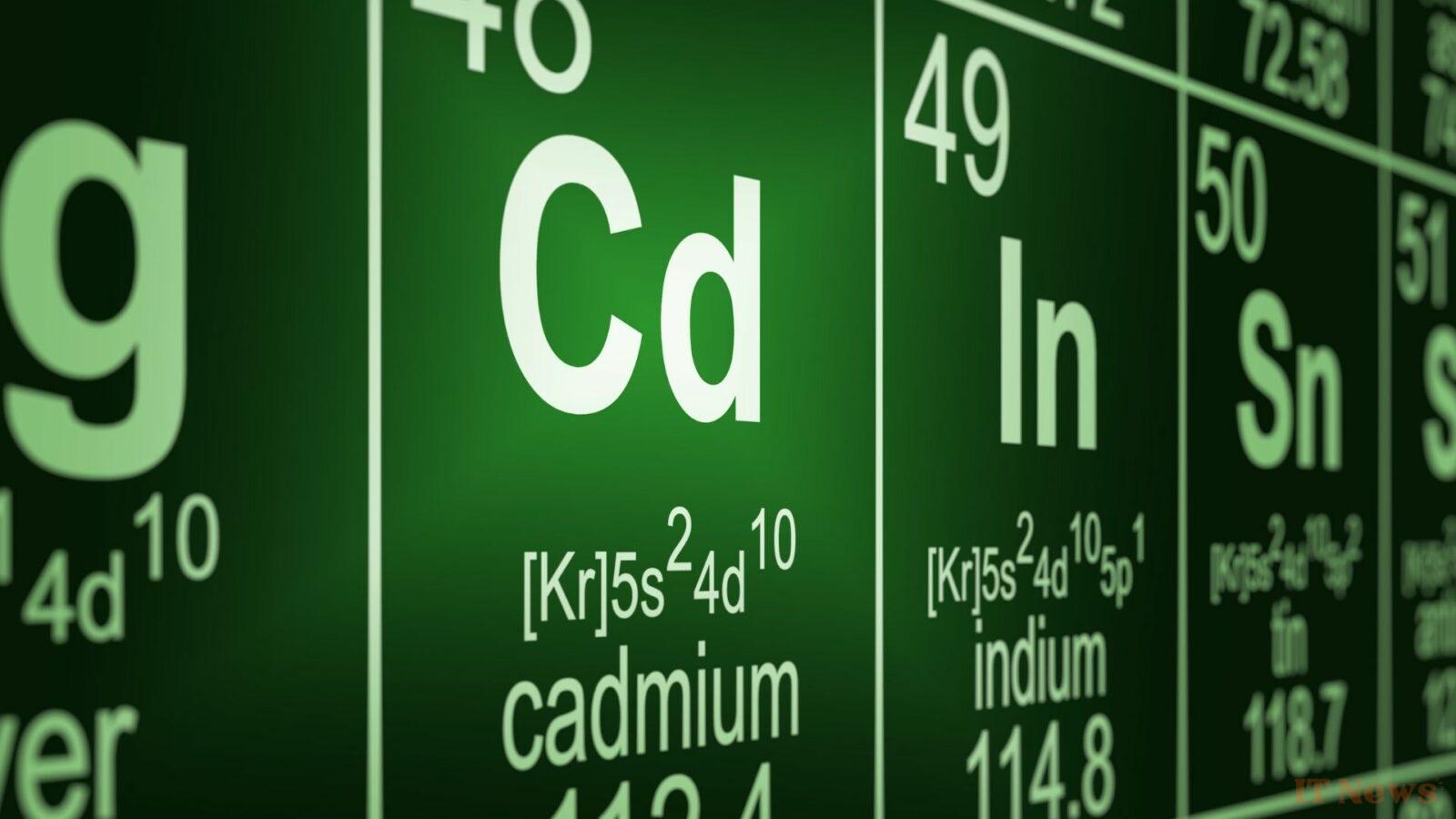Less well-known than lead or mercury, cadmium is now one of the main health risks linked to food in France. This heavy metal, naturally present in the environment, has seen its concentration greatly amplified by human activity, particularly through the massive use of phosphate fertilizers in conventional agriculture. This metal accumulates in the soil, then migrates into plants via the roots, contaminating the food chain.
Cadmium is found in basic foods: bread, pasta, cereals, potatoes, root vegetables, but also chocolate, shellfish, and certain offal. According to studies by ANSES, 36% of children under three years of age consume daily amounts of cadmium above the tolerable intake, compared to only 0.6% of adults.
A documented but ignored risk
Classified as a definite human carcinogen by the International Agency for Research on Cancer, cadmium is known for its mutagenic and toxic effects on reproduction. It accumulates in the body, mainly in the kidneys, liver, and bones, with consequences that often appear after years of chronic exposure. Symptoms include early kidney damage, bone demineralization, and an increased risk of fractures, as well as cancer risks, particularly of the kidney, liver, and pancreas, as well as effects on fertility and fetal development.
The situation is considered alarming by the Regional Unions of Health Professionals (URPS), which recently called on the government to demand urgent and structural measures. Despite repeated warnings from ANSES for over ten years, recommendations aimed at reducing the presence of cadmium in fertilizers and food have been difficult to implement. Sixty to seventy percent of French soil contamination comes from the use of phosphate fertilizers, report INRAE researchers. These fertilizers, banned in organic farming, are responsible for a gradual accumulation of the metal in cultivated land, and therefore in crops.
Children, the first victims
Children's metabolism makes them more sensitive to cadmium toxicity. Their rapidly growing bodies absorb proportionally more heavy metals than adults', and their still immature kidneys eliminate toxic substances less efficiently.
To limit exposure to cadmium, health authorities recommend several measures, particularly applicable to young people: favoring a varied diet, diversifying sources of cereals, vegetables, and proteins, favoring organic products, especially for foods most at risk such as wheat, potatoes, and root vegetables, and limiting the consumption of seafood containing offal and chocolate. Since tobacco is a major source of cadmium exposure, it is also advisable to avoid exposing young people to secondhand smoke.



0 Comments